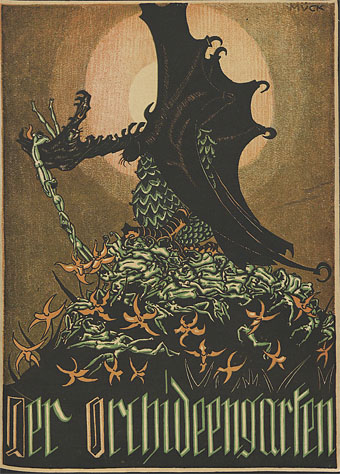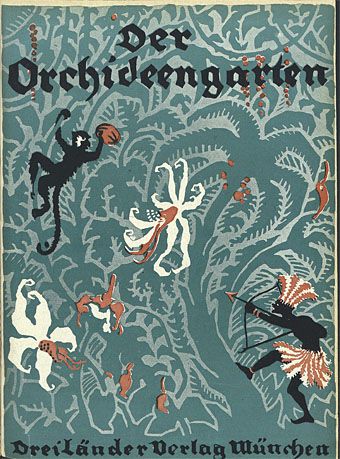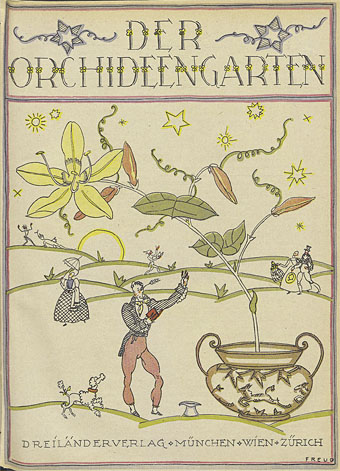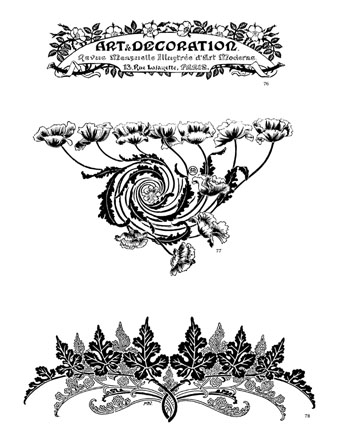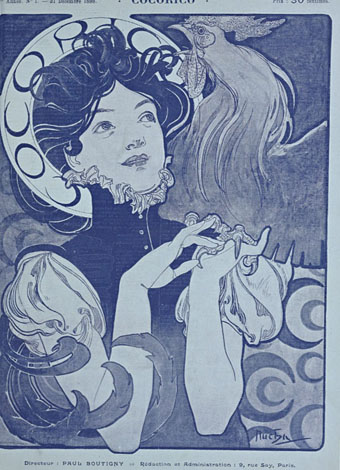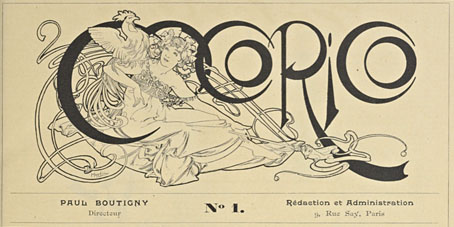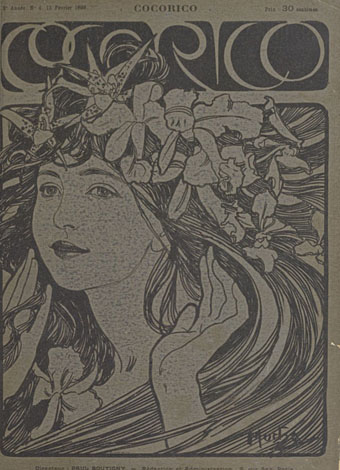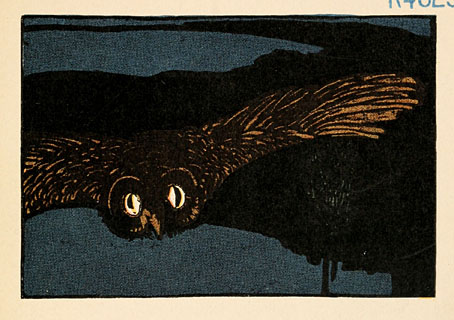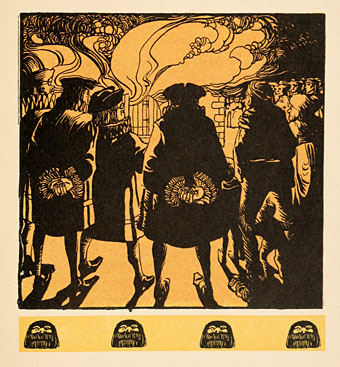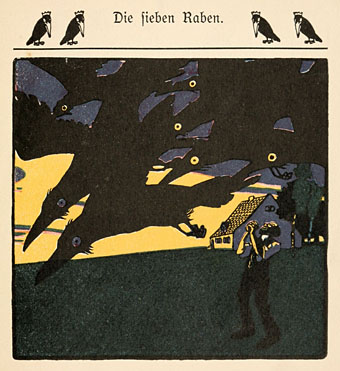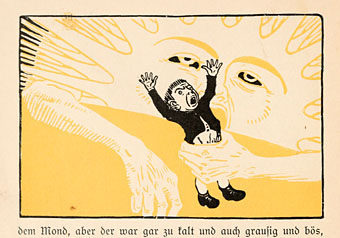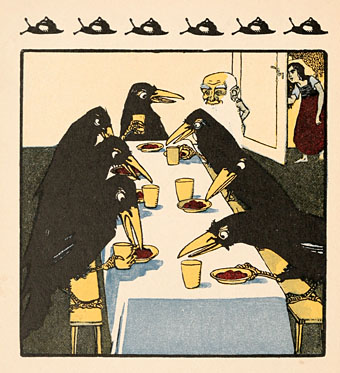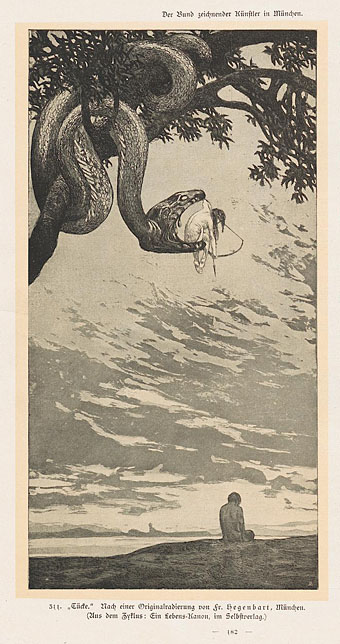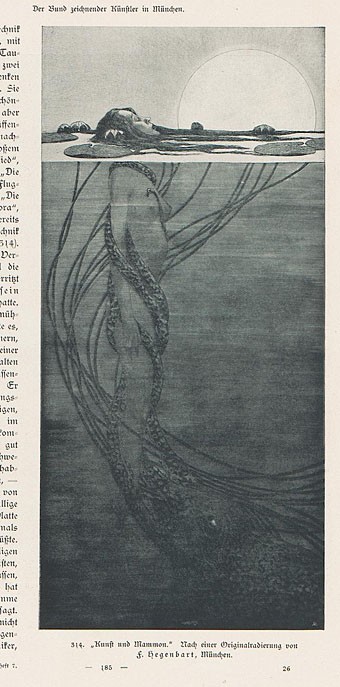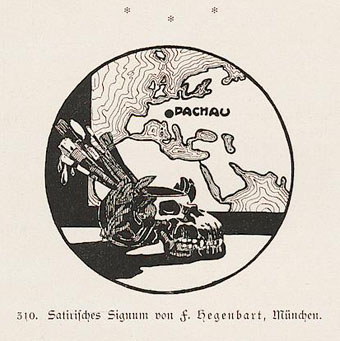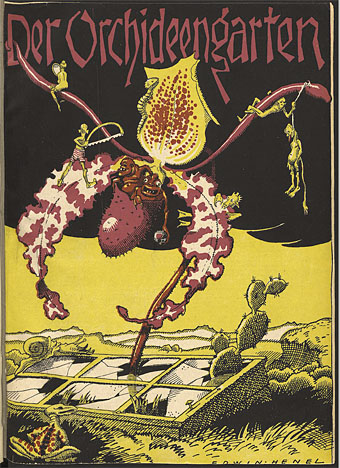
I was going to finish the year with a post showing some of the handful of product designs I’ve done recently but since some the products in question still need to be photographed that’ll have to wait. After a peculiarly dark and grotesque year it seems more fitting to end with a post of dark and grotesque artwork from an earlier epoch. Der Orchideengarten has been the subject of several posts here in the past but it’s only this week that I’ve had the opportunity to see an entire run of the world’s first magazine devoted solely to fantastic art and literature. Der Orchideengarten ran for 51 issues from 1919 to 1921; the editors were Hans Strobl and Alfons von Czibulka, and the contents comprised original fiction, book reviews and reprints in German of notable works of weird literature.
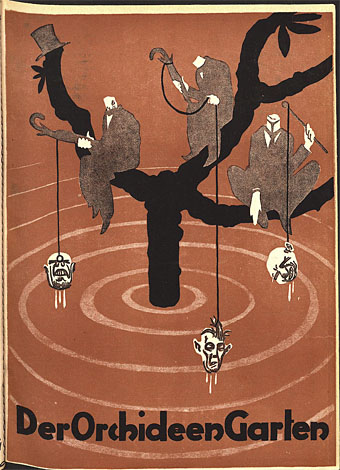
The interior graphics (previously) are in a style similar to those found in Jugend and other German magazines of the period (plus reprints of Beardsley, Doré, and the like), while the covers follow the Jugend template of being different in style and format for every issue. All of these covers are from the wonderful resource at the University of Heidelberg where every issue of Der Orchideengarten is available for download. Even if you can’t read German the magazine is worth browsing for its very European view of the fantastic, a view which tends to be darker and more adult than the American magazines that would soon overshadow it. Some of the covers are strange in a manner that Weird Tales seldom achieved, and many of them feature an orchid somewhere in the design.
